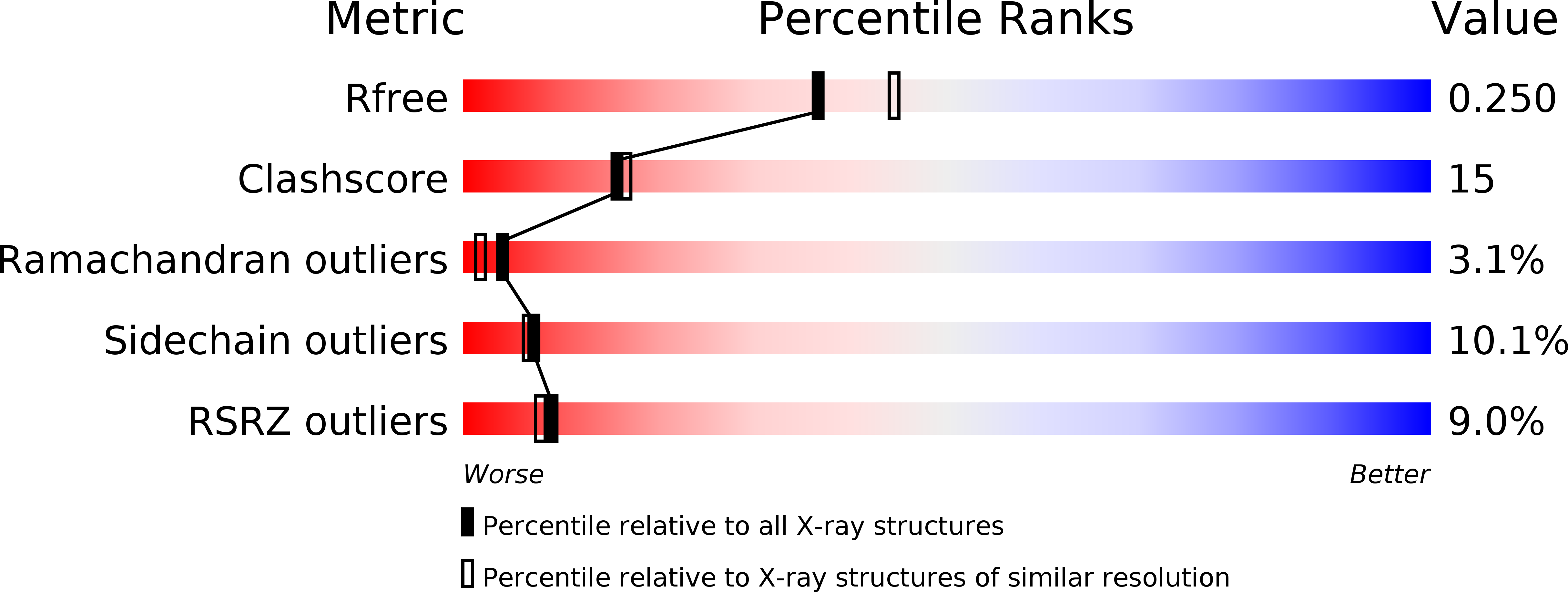
Deposition Date
2009-05-08
Release Date
2009-11-10
Last Version Date
2023-09-06
Method Details:
Experimental Method:
Resolution:
2.20 Å
R-Value Free:
0.30
R-Value Work:
0.23
R-Value Observed:
0.24
Space Group:
P 21 21 21


